The Psychology of Computational Design
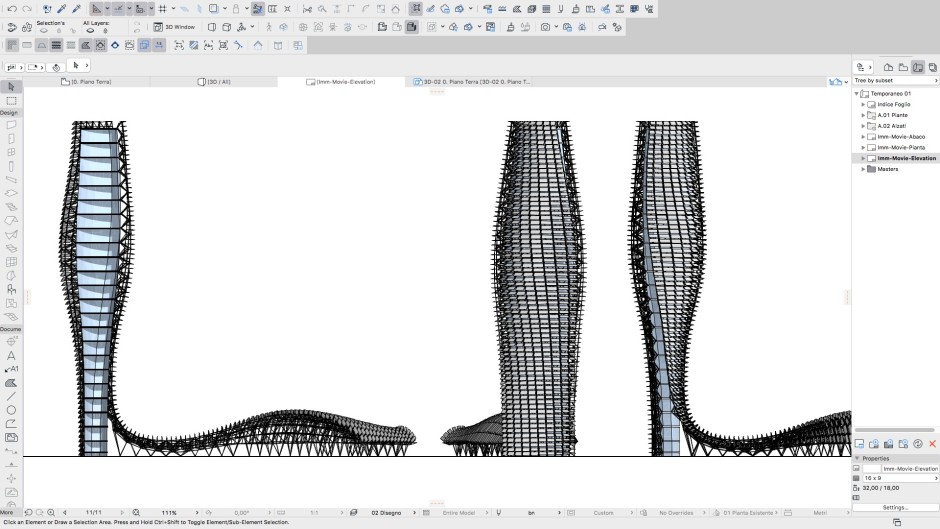
Computational Design and Digital Fabrication represent a revolutionary approach in architecture that leverages advanced computer algorithms and cutting-edge manufacturing technologies to create complex, highly optimized structures. This trend is pushing the boundaries of what’s possible in architectural form, efficiency, and customization. In this exploration, we’ll delve into the origins, characteristics, and psychological underpinnings of Computational Design and Digital Fabrication in architecture.
Historical Context and Key Characteristics
While computer-aided design (CAD) has been used in architecture since the 1980s, Computational Design and Digital Fabrication emerged as a distinct trend in the early 21st century. It’s characterized by the use of parametric modeling, generative algorithms, and advanced digital manufacturing techniques.
Key features include:
Use of algorithms to generate and optimize designs Creation of complex geometries difficult or impossible to design manually Integration of performance analysis into the design process Mass customization of building components Use of robotic fabrication and 3D printing in construction Optimization of material use and structural efficiency Exploration of biomimetic and nature-inspired forms
Dialectical Materialist Perspective
From a dialectical materialist viewpoint, Computational Design and Digital Fabrication represent a synthesis of human creativity and machine precision. They emerged from the contradiction between the complexity of contemporary design challenges and the limitations of traditional design and construction methods. This movement embodies the tension between the desire for unique, expressive forms and the need for efficiency and optimization in construction.
Jungian Depth Psychology Analysis
Through the lens of Carl Jung’s analytical psychology, as explained in this guide to understanding Carl Jung’s method, Computational Design and Digital Fabrication can be interpreted as an expression of several archetypes.
The movement’s exploration of complex, algorithmically generated forms evokes the Creator archetype, representing innovation and the manifestation of new realities. The integration of human creativity with computational power might be seen as an expression of the Magician archetype, embodying transformation and the ability to bridge different realms (in this case, the digital and physical).
The optimization of structures through computational methods could be interpreted as a manifestation of the Sage archetype, representing wisdom and the quest for perfect knowledge. The balance between artistic expression and mathematical precision might be seen as a reconciliation of the Anima (associated with creativity and intuition) and Animus (associated with logic and analysis) archetypes.
Ego Perspective: Assertions and Insecurities
Computational Design and Digital Fabrication serve to assert architecture’s capacity to harness cutting-edge technology for creative and functional ends. This approach projects an image of technological sophistication and future-oriented thinking. The emphasis on optimization and efficiency asserts a commitment to addressing complex design challenges in an era of resource constraints and environmental concerns.
However, the movement also reveals certain cultural insecurities. The reliance on advanced computational tools might be seen as a reaction to anxieties about human relevance in an increasingly automated world. The focus on generating complex forms could reflect insecurities about the perceived limitations of human imagination and traditional design methods.
Lasting Influence and Modern Context
Computational Design and Digital Fabrication have significantly influenced contemporary architectural practice. They’ve enabled the realization of buildings with unprecedented forms and efficiencies, from Zaha Hadid’s fluid structures to BIG’s resource-optimized designs.
In the modern context, these approaches are informing new methods of addressing urban challenges, from optimizing building performance to creating customized solutions for complex sites. They’re also influencing the way architects collaborate, with data-sharing and parametric models enabling more integrated design processes.
The movement has sparked innovation in construction techniques, with robotic fabrication and 3D printing opening new possibilities for building at various scales. It’s also influencing architectural education, with computational thinking becoming an increasingly important skill for new architects.
As we face increasingly complex design challenges related to climate change, urbanization, and resource scarcity, the principles of Computational Design and Digital Fabrication are likely to become more central to architectural practice. These approaches offer powerful tools for optimizing building performance, minimizing material use, and creating adaptive, responsive architectures.
The lasting legacy of Computational Design and Digital Fabrication may be their fundamental reshaping of the design process and the relationship between conception and realization in architecture. As these technologies continue to evolve, they promise to further blur the lines between the virtual and physical, potentially leading to more dynamic, adaptive, and efficient built environments.
Bibliography: Computational Design and Digital Fabrication in Architecture
Carpo, M. (2017). The Second Digital Turn: Design Beyond Intelligence. Cambridge, MA: MIT Press.
Dunn, N. (2012). Digital Fabrication in Architecture. London: Laurence King Publishing.
Gramazio, F., & Kohler, M. (2014). Made by Robots: Challenging Architecture at a Larger Scale. London: Wiley.
Iwamoto, L. (2009). Digital Fabrications: Architectural and Material Techniques. New York: Princeton Architectural Press.
Kolarevic, B. (Ed.). (2003). Architecture in the Digital Age: Design and Manufacturing. New York: Spon Press.
Kolarevic, B., & Klinger, K. (Eds.). (2008). Manufacturing Material Effects: Rethinking Design and Making in Architecture. New York: Routledge.
Leach, N. (2009). Digital Cities. Architectural Design, 79(4), 6-13.
Lynn, G. (1999). Animate Form. New York: Princeton Architectural Press.
Menges, A., Sheil, B., Glynn, R., & Skavara, M. (Eds.). (2017). Fabricate 2017. London: UCL Press.
Oxman, R., & Oxman, R. (Eds.). (2014). Theories of the Digital in Architecture. London: Routledge.
Peters, B., & Peters, T. (Eds.). (2013). Inside Smartgeometry: Expanding the Architectural Possibilities of Computational Design. Chichester: John Wiley & Sons.
Picon, A. (2010). Digital Culture in Architecture: An Introduction for the Design Professions. Basel: Birkhäuser.
Reas, C., McWilliams, C., & Barendse, J. (2010). Form+Code in Design, Art, and Architecture. New York: Princeton Architectural Press.
Schumacher, P. (2011). The Autopoiesis of Architecture, Volume I: A New Framework for Architecture. Chichester: John Wiley & Sons.
Terzidis, K. (2006). Algorithmic Architecture. Oxford: Architectural Press.
Woodbury, R. (2010). Elements of Parametric Design. London: Routledge.
Read about the Psychology of Other Styles of Architecture
The Psychology of Architecture
The Psychology of Architecture

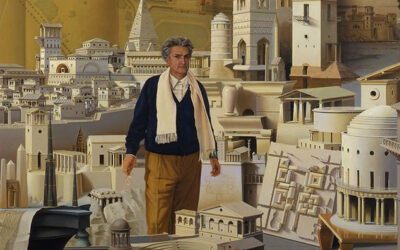
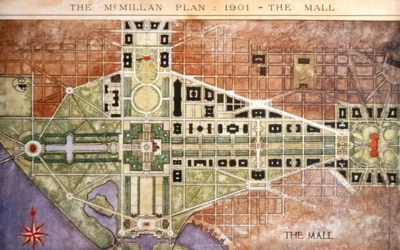









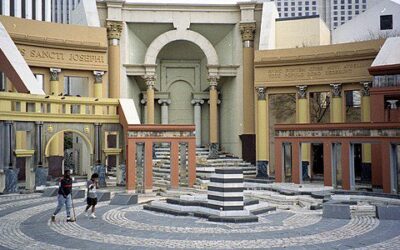
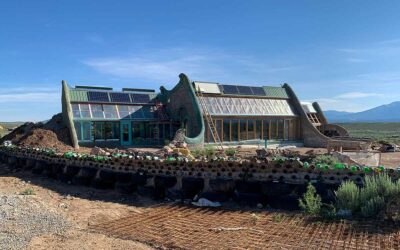
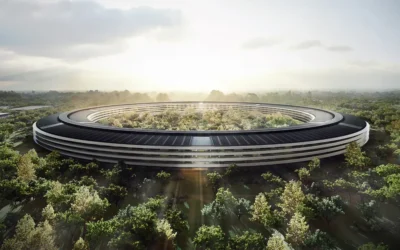
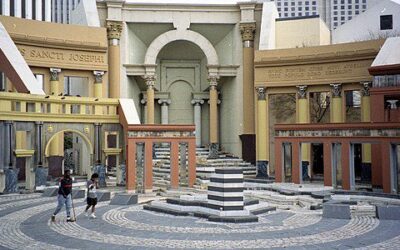
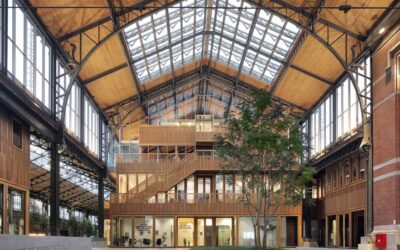
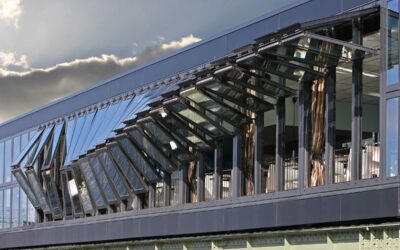
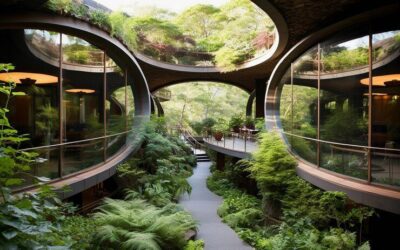
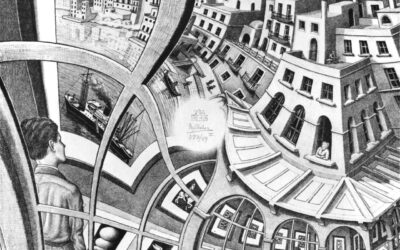

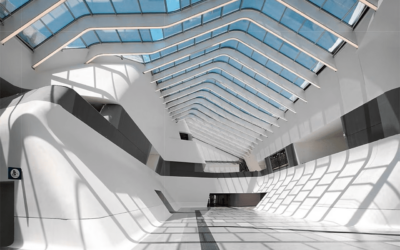


0 Comments